How to train a dog who isn't interested in food, by expert trainer Ben Randall
The prospect of a hearty meal is enough to motivate almost any dog — but there are some who appear to resist. Ben Randall takes a look at why.

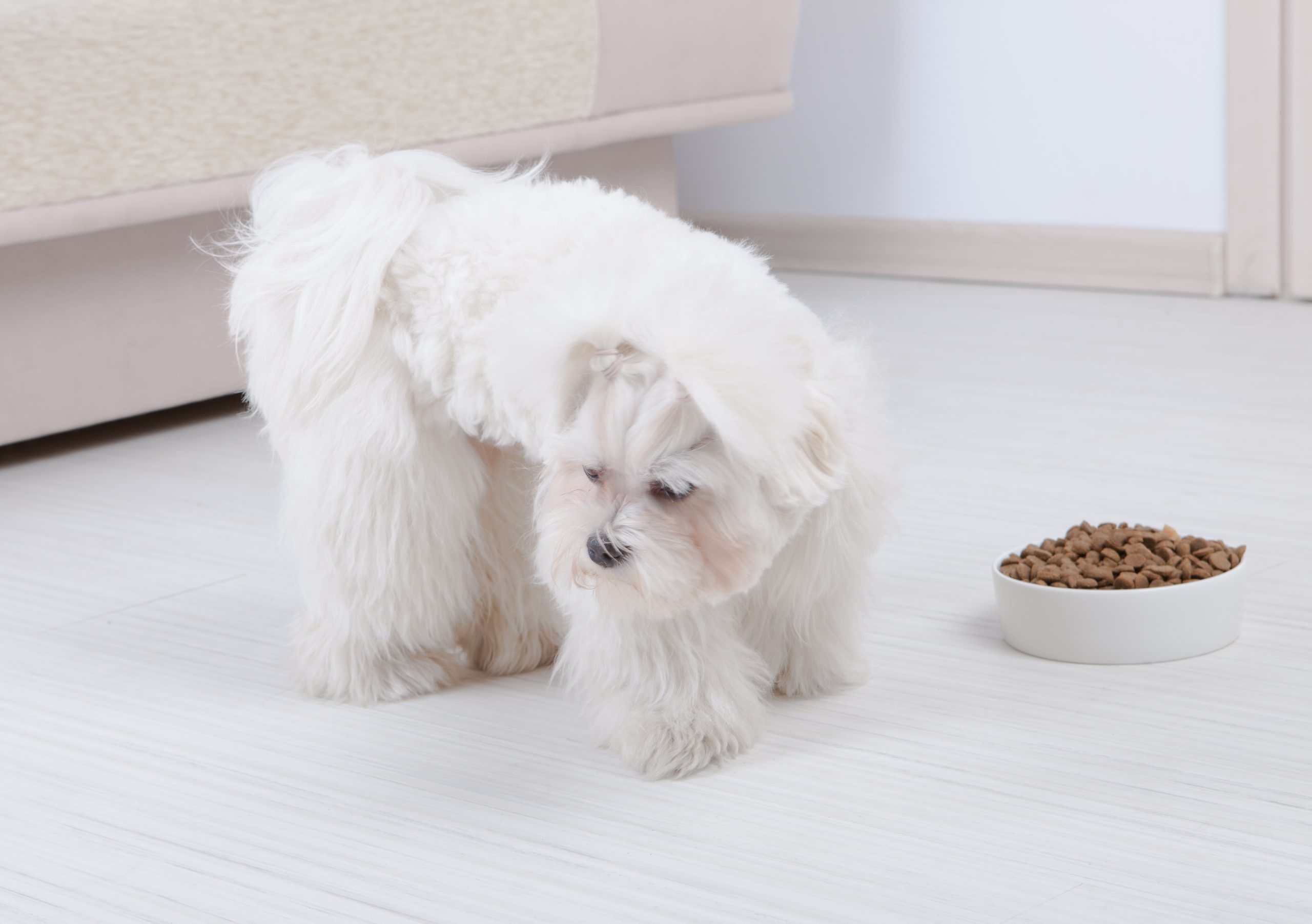
As regular readers of this page will know, I always advise starting a dog's training with mealtimes. Dogs are motivated by food, and tempted by it, and if you can instil patience, respect and control at feeding times, you'll have taken a huge step towards getting your dog trained.
I’m a 5-star licensed breeder and have bred dogs for 30 years, and all my puppies leave the home absolutely motivated for each meal time. As with my BG (Beggarbush) Foundation training, this gives me a fantastic opportunity to teach the dog life commands around mealtimes – and to engage with, build a bond, and develop a lasting partnership with the dog.
Every so often, though, I come across a dog who appears not to be interested in food — and that's the case for this week's reader, who wrote to me via paws-for-thought@futurenet.com to get my advice.
Dear Ben, I have a Springerpoo, and a slight problem: he has never been fussed about mealtimes. I can feed him in the morning and he never races to eat; often he might decide to eat an hour or two later; and sometimes he just has a double portion for dinner. How can I use his food to help regain control? Any ideas? — J.R. via Email
I see this regularly with my training clients, and also with the dogs who stay in our luxury boarding kennels. My clients will tell me that their dog is super-fussy, or simply not motivated by food or treats.
I then look at the dog and usually it has a back like a coffee table — so I say to them, well, unless he’s secretly eating behind your back, it certainly looks to me like he's enjoying some kind of food that you're giving him.
Now, anyone facing this issue with a dog who is worryingly thin or frail, please take him or her to see the vet.
But assuming that your dog is in good health — with a healthy weight and a glossy coat — but still not interested in eating... well, that is almost certainly a big signpost that something else is at play. Here are the things you need to think about to diagnose and solve this problem.
Exquisite houses, the beauty of Nature, and how to get the most from your life, straight to your inbox.
How to deal with a dog who's not interested in food
1. Ask yourself honestly if you've made your dog into a fussy eater
Time and again I see owners giving their dog a bowl of food that's a bland, dry mix — and when the doesn't seem keen, or gets fussy, the owner adds some fresh chicken or a few other tasty scraps to persuade their pet to eat. They might well do the same during the day, or if the dog begs at the table.
It might seem kind, but by doing this you're making the dog fussy. Quite often I’ll put some food down for a boarding dog in our kennels and he’ll almost take three or four looks at the food, and then back me, as if waiting for something else. In these moments I can read their minds: these dogs are thinking ‘You expect me to eat this without my chicken? How dare you!’

2. Make sure you're not letting your dog graze all day
This is something I particularly see with new puppy owners, especially with those who have been ad-lib fed with their litter — that is to say that food has been left down for the puppies to graze as they please. It's a somewhat lazy way of feeding a dog, and one that can lead to dogs eating excessively — especially in the first week of grazing — and getting all kinds of issues with diarrhoea and so on.
It does sound like you've fallen in to this trap: you mention that the dog sometimes returns to its food bowl an hour or two later, which means the message he's getting is that food will always be there as and when he wants it. If that's the case, why would the appearance of food motivate him?
3. Reboot your dog's feeding routine — and stick strictly to mealtimes
In your letter you don't mention your dog's exact age, but assuming he's not a puppy any more than I’d like you to try taking away any additional food, sticking solely to main meals. Make sure you're providing good quality, scientifically-designed, complete food, so that he's getting proper nutrition.
Then, at morning feed time, ask the dog to sit, then put the food bowl down as normal and ask the dog to eat the food.
If he turns his nose up and walks away, you simply remove the food. Don't be tempted to put the bowl back down — dog food shouldn't be left out all day in any case, especially in summer — or give any treats. Your dog's nutrition can be completely catered for with the right diet, so any extra treats aren't necessary.
Then, wait until evening dinner time, usually around 5 or 6pm, and do the exact same thing.
Normally I find within two or three feeds, the dog will have realised that this is its main meal, its main source of food and nutrition, and that it should eat it.
I don’t want this to sound cruel, but look at this way: a dog that is grazing on food that's been left down for long periods isn't good for him. A dog who's not eating their nutritionally-balanced food, but instead filling up on scraps of toast, bits of chicken, human leftovers and anything else, isn't going to be as healthy as they should be. It's a recipe to produce a dog who's not fussed by his own, proper meal, and normally these dogs develop problems. It's common for them to become overweight, and have much less engagement with owners around mealtimes — other than begging for human food at mealtimes. My own personal dogs are fed a balanced, complete food diet; they also have bones and chews, antlers and horns to gnaw on; and some wholemeal, plain dog treats. It means they don't eat anything which can upset their tummies in any way — and every time I relax that rule, I end up regretting it.
So while I know it's going to be a tough day or so for you and your pet, you are just going to have to go through it. I promise it that it'll be worth it.
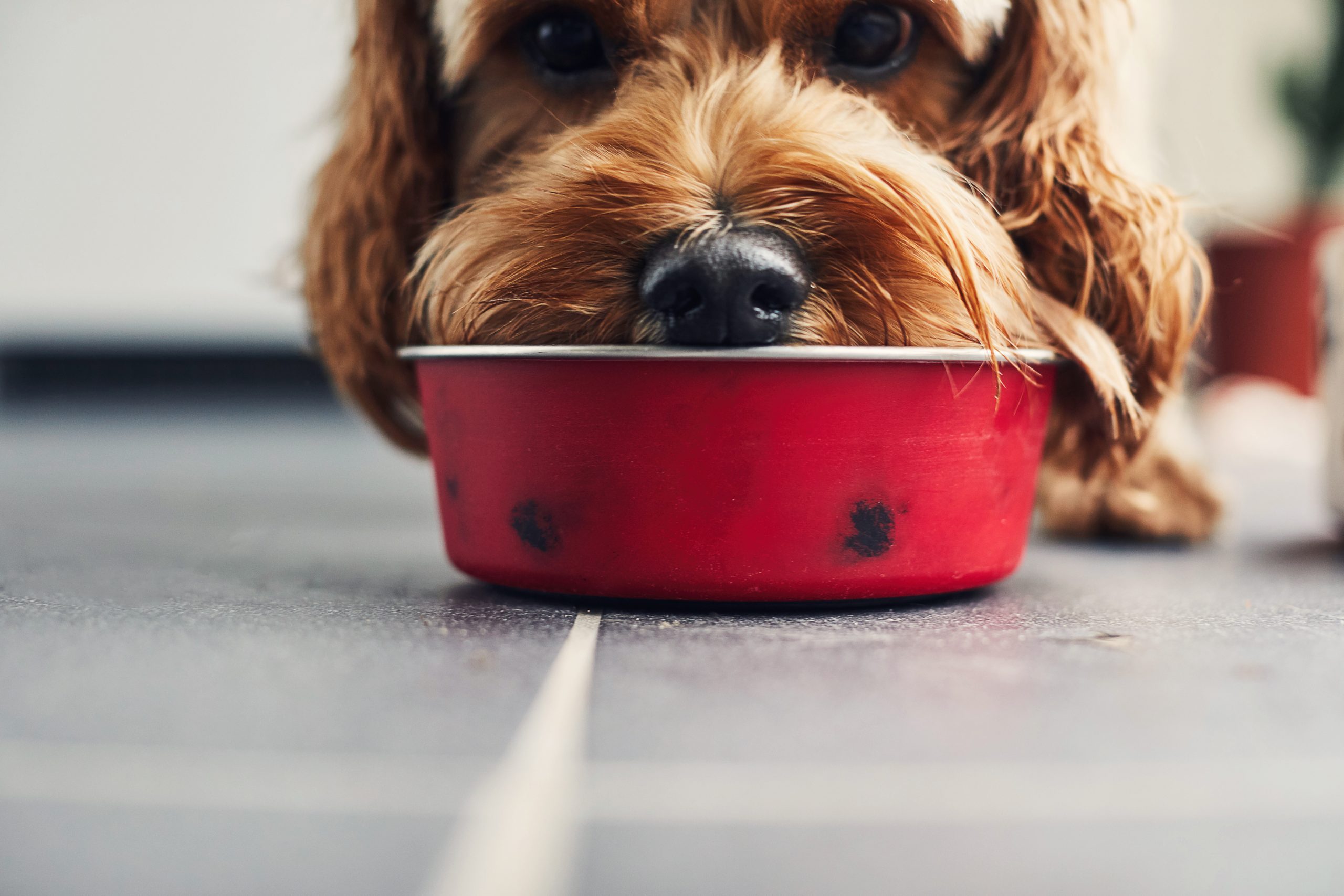
4. Bring back food in to your training — but very carefully
Once your dog is gladly eating his meals, you may wonder how to use food rewards in other training sessions, since reward can play a key part in training dogs to walk to heel, or to leave things on command. The answer is to take a small amount of the dog's measured-out morning and evening food portions, and use that for rewards in training, rather than some other, more decadent treat. Reduce slightly the percentage of their daily food that they're having in their morning and evening meals, and use what's left to feed them by hand during the day to continue the training. That way you'll keep your dog healthy and motivated, and able to work on all the other things you'd like to train him to do.
For more detailed advice about Ben Randall’s positive, reward-based and proven BG training methods, one-to-one training sessions, residential training or five-star dog-boarding at his BGHQ in Herefordshire, telephone 01531 670960 or visit www.ledburylodgekennels.co.uk. For a free seven-day trial of the Gundog app, which costs £24.99 a month or £249.99 a year, visit www.gundog.app/trial

Problems with your dog? Here's how to contact our canine agony uncle Ben Randall
Here's how to submit your question to award-winning dog trainer Ben Randall.
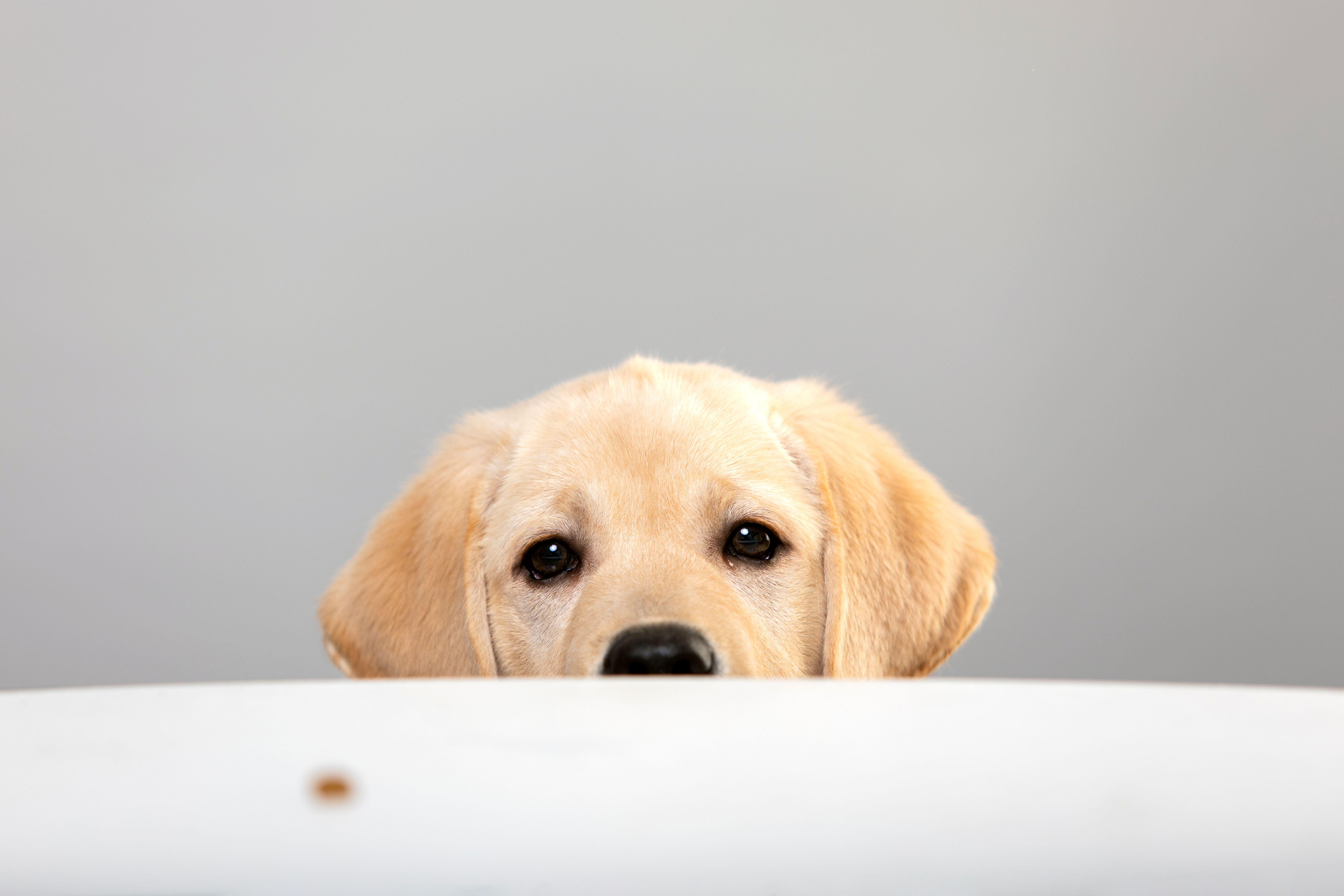
Credit: Alamy Stock Photo
How to stop your dog begging for food at the table, by expert trainer Ben Randall
Dogs begging for food around mealtimes can be adorable up to a point — but what happens when the charm wears
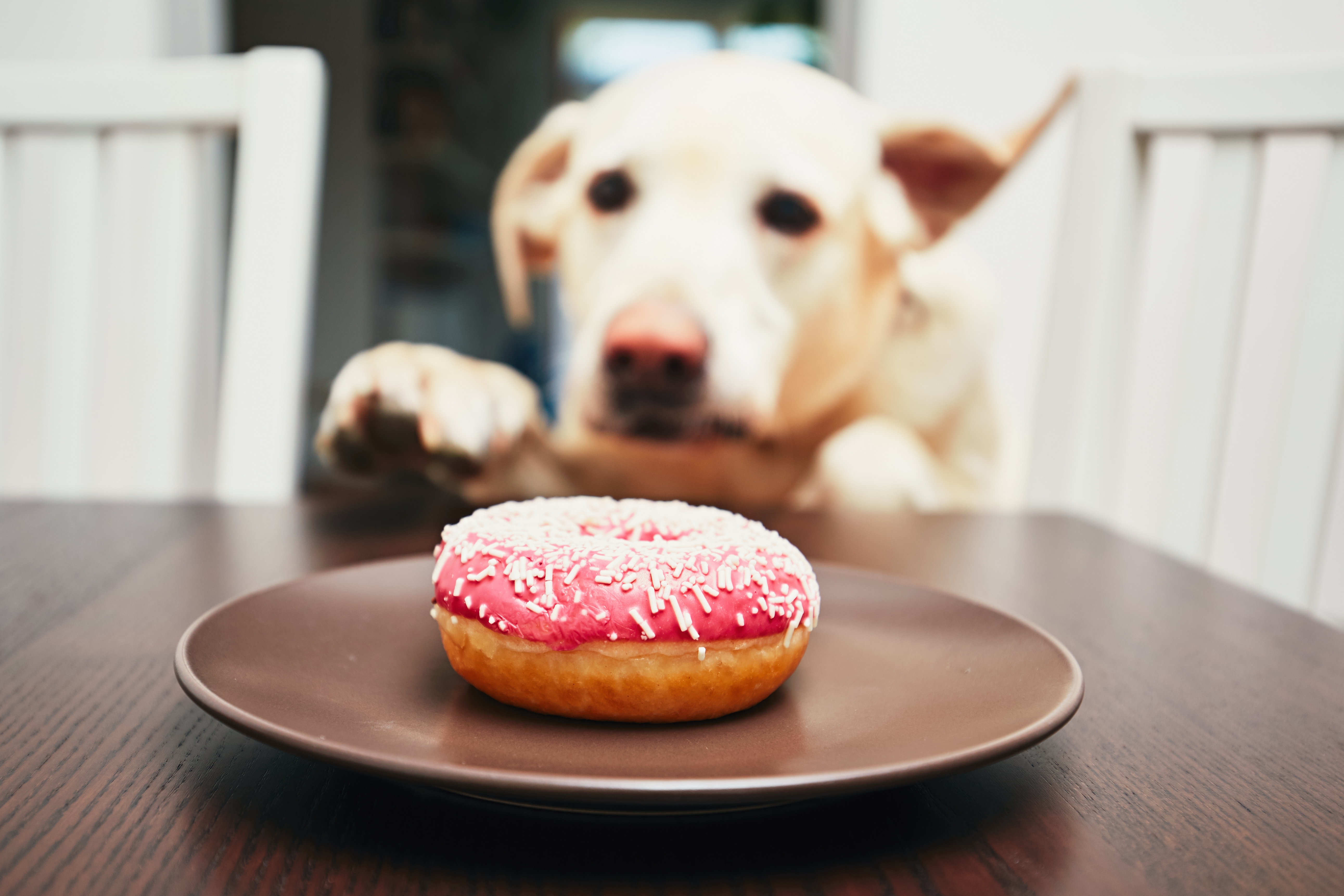
How to train your dog to leave things on command, by expert dog trainer Ben Randall
Teaching a dog to stop stealing food, clothes, TV remotes or anything else that they like to pinch can feel
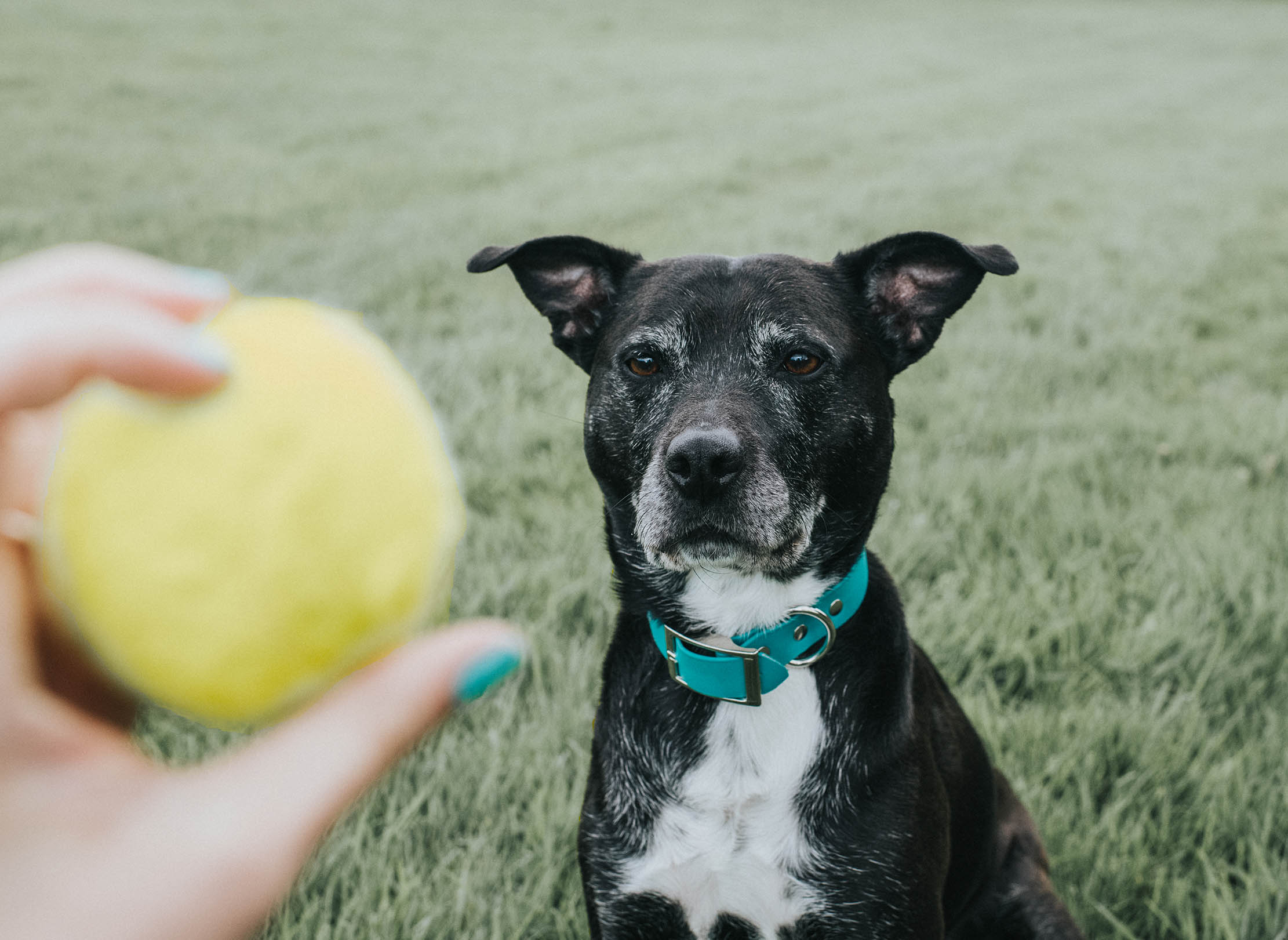
How to get your dog to play fetch, by expert trainer Ben Randall
There are plenty of dogs who'll run all day playing fetch, or who'll do anything for a bit of kibble.

Should I use a dog harness instead of a lead? Expert trainer Ben Randall shares his advice
Owning a dog that can pull you along might make you consider using a harness instead of a lead — but

Credit: Getty Images
How to stop your dog ignoring you when they’re playing with other dogs, by award-winning trainer Ben Randall
Training a dog to have perfect recall is all well and good when it's just the two of you in
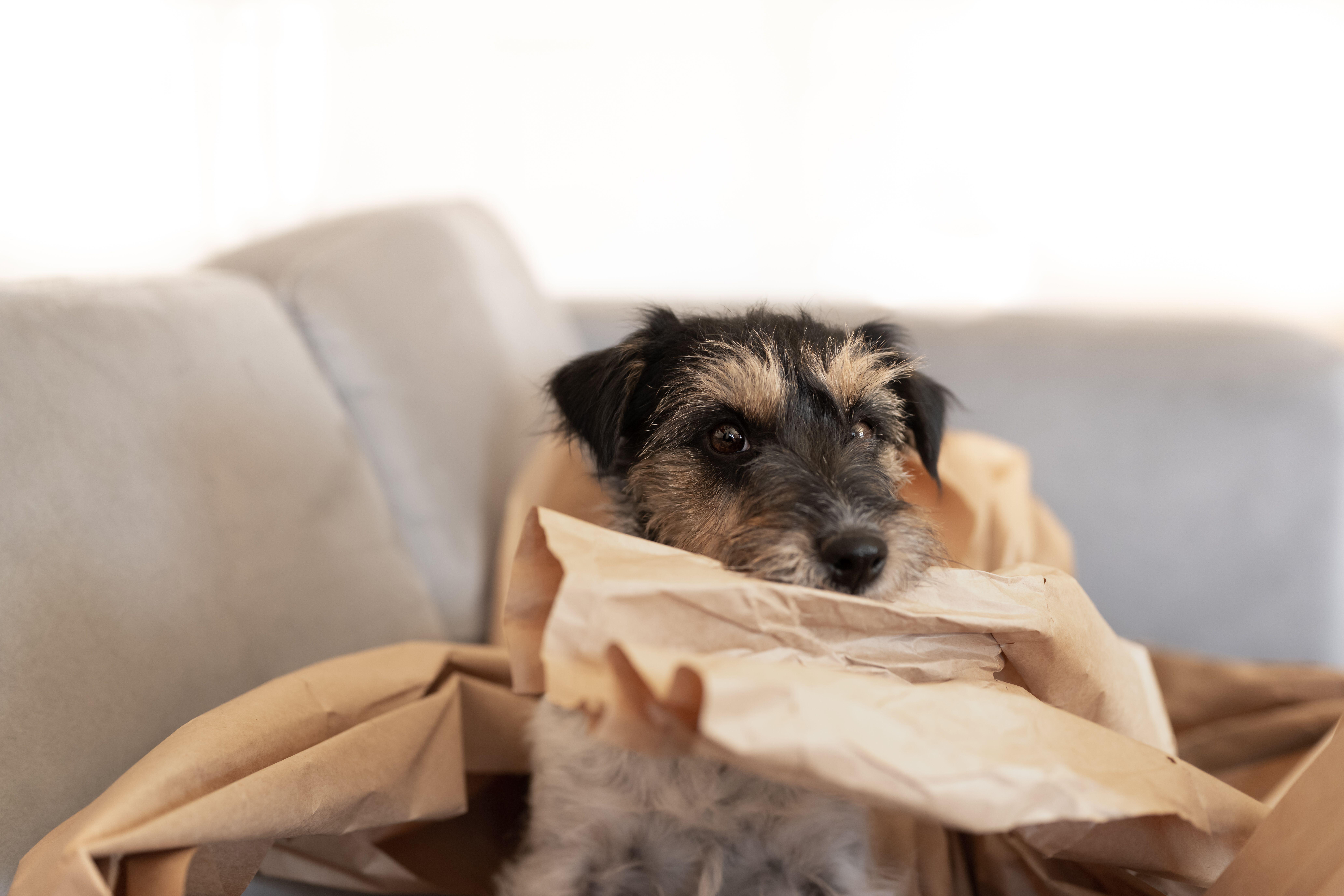
How to stop resource guarding in dogs, by Ben Randall
Resource guarding is common in dogs — but it can be solved. Award-winning dog trainer Ben Randall explains how as he
